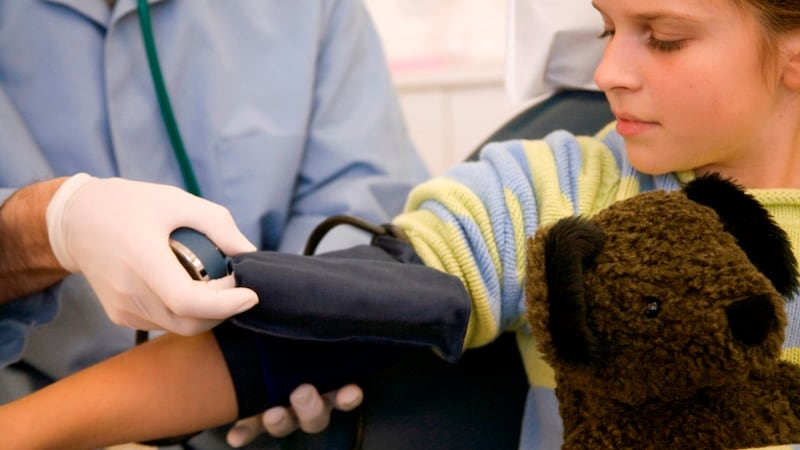“Medicine is a science of uncertainty and an art of probability.”
– Sir William Osler
Not every visit to a doctor requires a physical examination. A follow -up consultation to discuss the results of investigations is a case in point; similarly, a counselling session for a patient with a psychological illness would not normally require the patient to disrobe and be examined.

One “practice pearl” given to me by an early medical teacher was the value of always taking the patient’s blood pressure. Older people expected it; indeed, back then, it was not uncommon for them to offer an approving comment along the lines of “I’m glad you checked my blood pressure today, doctor” during consultations that did not really require much in the way of physical examination.
But times have moved on and, it seems to me, there is less and less focus on physical examination.
Doctor-patient interactions have not got any longer, the complexity of care is greater and the computer has become a hungry beast, demanding a constant input from the doctor throughout the consultation.
As a result, patients may not feel the doctor is giving them full attention and physicians may subconsciously look to save time by truncating the physical exam.
I have also detected a sense of reliance on medical technology as a tool that devalues the art of clinical examination.
Instant diagnosis
With the advent of accurate scanning techniques such as MRI, doctors may see the rigorous examination of the patient as superfluous, safe in the knowledge that the latest technology will make an instant diagnosis.
It has been said that “technology drives diagnosis but it often merely substitutes our fears of uncertainty with delusions of certainty”. And delusions they may well be: despite all our advances there is still not a single medical test that is 100 per cent accurate.
Even the most sophisticated report false positives, suggesting you have a particular abnormality when you do not. False negatives may be even more damaging, giving misplaced reassurance of a false “all-clear”.
It’s not that a return to clinical methods will yield instant diagnostic accuracy; but because it is a painstaking process of inclusion rather than exclusion, it inherently acknowledges the reality of diagnostic uncertainty.
Dr Abraham Verghese and his colleagues from Stanford University in California are in the vanguard of a movement to revitalise the art of the physical examination. They make the point that a thorough physical can head off the need for expensive investigations.
But their emphasis on the role of physical examination in strengthening the connection between doctor and patient especially caught my eye.
New York author and physician Danielle Ofri has also written about this “new” role for the clinical examination: “Then the doctor and patient move to the exam table, and everything changes. This is often the first moment that they can talk directly, without the impediment of technology . . . This is an intimacy, albeit of the non-romantic type, but an intimacy nonetheless. And all intimacies have an effect of changing the dynamics of the interaction . . .
“Once a doctor and patient are at the exam table, touching, talking without the computer between them, conversation of a different sort is possible.
“Countless times I have found that it is only during the physical exam that patients reveal what is truly on their mind. Whether it is the cough that they are reminded of now that I am listening to their lungs, or whether it is the domestic violence. . . that they feel comfortable revealing once we are in a more intimate setting, there is something about touch that changes the dynamic.”
So is the future of the physical examination less a tool for diagnosing illness and more a bridge-builder between doctor and patient?
Personally, I hope not and that its value as both a diagnostic and relationship- building tool, helping to reconnect patients and doctors, will once again be appreciated.
Visit muirishouston.com
